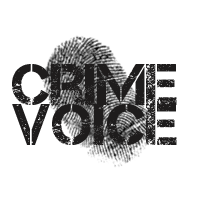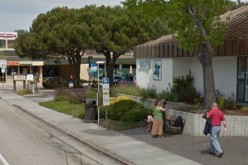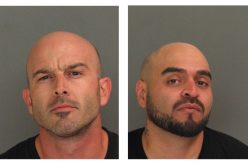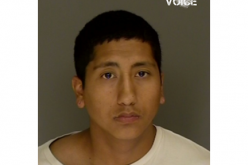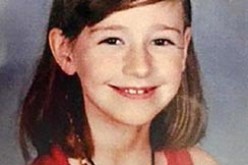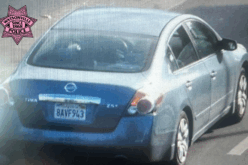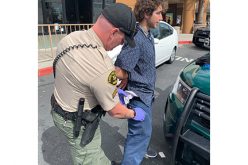One of Santa Cruz’s Finest earns her Doctorate
SANTA CRUZ—The Santa Cruz County Sheriff’s Department would like to extend their congratulations to one of their own. Latent print examiner Lauren Zephro can now add the initials of Doctor before her name as she was awarded her Doctorate in Anthropology from the University of California, Santa Cruz in June.
Dr. Zephro has been with the Santa Cruz County Sheriff’s Department since April 2008. Her role with the department includes forensic anthropologist, latent print examination along with manager of the County’s Automated Fingerprint Identification System and Latent Print Program.
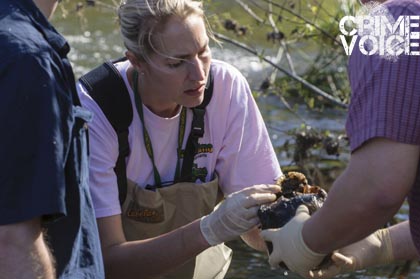
Dr. Lauren Zephro at work
Before joining the Santa Cruz County Sheriff’s Department Dr. Zephro spent six years with the Monterey County Sheriff’s Department in their Crime Scene Investigations Unit (CSI). The units consisted of three examiners and one sergeant and were their own team.
“I worked with a great group of people on that team.” Santa Cruz County Forensic Anthropologist Dr. Zephro said, about the Monterey office, “It was really a wonderful time.”
Dr. Zephro left the Monterey County Sheriff’s Department in 2005 to have a baby, but stayed active in anthropology by teaching at UC Santa Cruz and Cabrillo College.
While attending Cabrillo College in Santa Cruz, Dr. Zephro needed a science class to satisfy a graduation requirement, so she chose “Intro to Physical Anthropology” and was hooked from there. Dr. Zephro was curious about the perception of time and the evolution of man. “I was all set, I wanted to be like Jane Goodall and go into the forest and work with the chimpanzees too.” Dr Zephro said.
But in 1990, while attending the University of California, Santa Cruz Dr. Zephro did something that would change her career course forever. She took a Forensic Anthropology course from Professor Alison Galloway that made quite an impression on her. “It was an amazing class from an amazing instructor.” Dr. Zephro said.
Dr. Zephro’s dissertation came from casework study and was titled “Determining the Timing and Mechanism of Bone Fracture.” Dr. Zephro was curious about how she could determine when bones broke and what caused them to break.
In an ironic twist of fate, Professor Galloway who was Dr. Zephro professor was promoted to Vice Chancellor at UCSC and was the Chair of Dr. Zephro Dissertation Committee. “Talk about it coming around full circle it started with her and ended with her.” Dr. Zephro said.
Dr. Zephro as authored a number of publications
Zephro, L. (in press) Rib fractures in the elderly: a case study using microscopic analysis to determine injury timing. Wedel, V, Galloway, A, and Zephro, L (eds). Broken bones: An Anthropological Analysis of Blunt Force Trauma, 2nd ed. Springfield: Charles C. Thomas Publisher.
Zephro, L. (2011) Checklist for crime scene recovery of human remains. Society for Forensic Anthropology Newsletter: Summer 2011. www.sofainc.org
Hughes, C, Juarez, C, Zephro, L, Fowler, G and Chacon, S. (2010) Past or present? Differentiating California prehistoric Native American remains from forensic cases: an empirical approach. International Journal of Osteoarchaeology, 22:110-118.
Galloway, A, Zephro, L. (2005) Skeletal trauma analysis of the lower extremity. In Forensic Medicine of the Lower Extremity: Human Identification and Trauma Analysis of the Thigh, Leg, and Foot. Rich, J, Dean, D and Powers, R (eds). New Jersey: Humana Press.
Bennett, J, Rockhold (Zephro), L. (1999) Use of an alternate light source for tattoo recognition in the extended postmortem interval. Journal of Forensic Sciences, 44:182-184.
Read More:
Santa Cruz Sentinel: Santa Cruz Sheriff’s fingerprint examiner earns doctorate
Santa Cruz Patch: New Technology is Helping to Solve Old Mysteries
